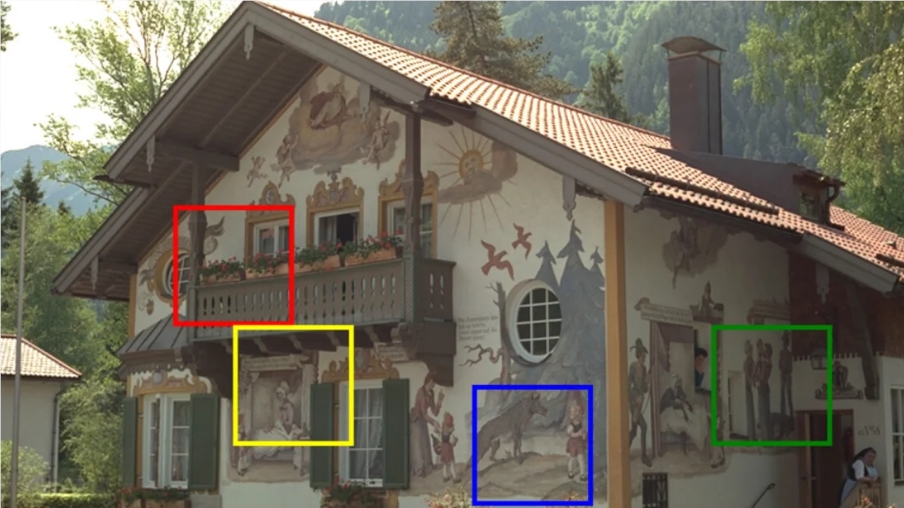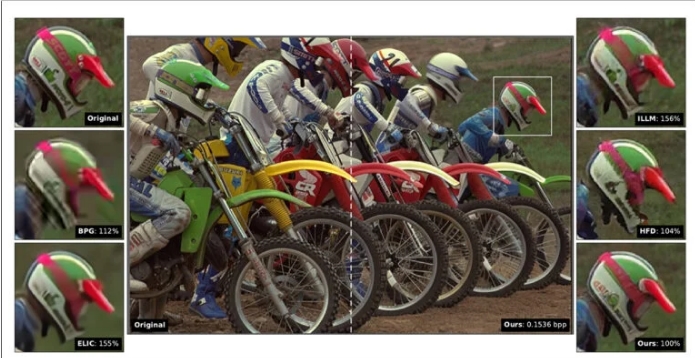Disney research team recently announced an innovative image compression technology that significantly reduces data transmission rates while ensuring image quality. This technology reconstructs more realistic image details at low bit rates by cleverly combining quantization error and noise processing, and has received higher ratings in user experience testing than competitors. Compared with traditional codecs such as JPEG and AV1, although their complexity has been improved, their advantages in image quality and processing efficiency are more significant, which is of great significance to the field of image storage and transmission.
Disney Research recently released an innovative image compression technology that can generate more realistic image effects while maintaining low data transmission rates.
Although this new codec technology has improved complexity compared to traditional codecs such as JPEG and AV1, it has shown significant advantages in image quality and processing efficiency. The research team found that by combining quantization error with noise processing in image processing, image details can be better reconstructed at the target bit rate.

Comparison of Disney compression method with previous methods. The author claims that details recovery has improved while providing a model that does not require hundreds of thousands of dollars in training and runs faster than the closest equivalent competition method.
The researchers said the new technology only requires less than 10% of the complete processing process and does not require major changes to the system architecture. In actual testing, the image quality reconstructed by this technology is still more popular with end users even if other compression methods use twice the bit rate.
However, this technology also has some limitations. In certain specific cases, the reconstructed image may experience subtle inaccuracy, such as a slight curve of straight lines or a slight distortion of the boundaries of small objects. These problems mainly stem from the limitations of the system's feature dimensions.
In practical application testing, the research team used multiple data sets for evaluation, including Kodak, CLIC2022 and COCO30k. The evaluation indicators cover multiple dimensions such as peak signal-to-noise ratio (PSNR), learning perceived similarity index (LPIPS), multi-scale structural similarity index (MS-SSIM), and Fréchet initial distance (FID).

Further compare Disney's new approach (highlighted in green) with other approaches.
User research adopts a mandatory selection method and is evaluated through an Elo rating system similar to a chess championship. The results show that even with competitors using twice the amount of data, Disney's new technology still earned significantly higher user ratings.
In terms of processing speed, the new technology has significantly improved compared to its main competitors, with processing time shortened from 6.87 seconds to 3.49 seconds. This efficiency improvement, coupled with excellent compression effect, makes this technology have important application value in the fields of image storage and transmission.
It is worth noting that the development of image compression technology is of great significance to solving problems such as global data storage, streaming media transmission and energy consumption. While the best technology solutions don’t always get the widest market recognition, this Disney innovation offers the industry a solution that strikes a good balance between efficiency and performance.
In short, Disney's image compression technology has made significant breakthroughs in efficiency and image quality, bringing new possibilities to the field of image processing, and future developments are worth looking forward to.